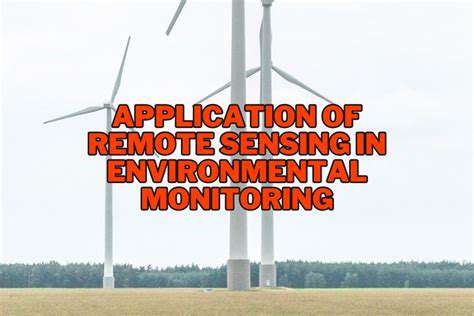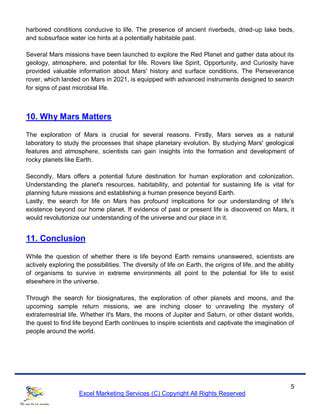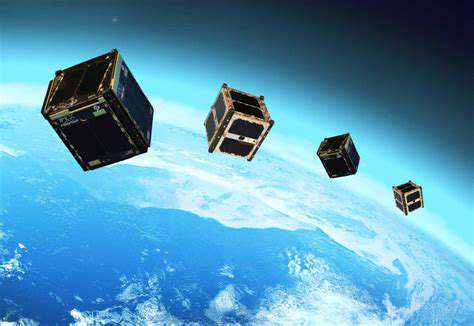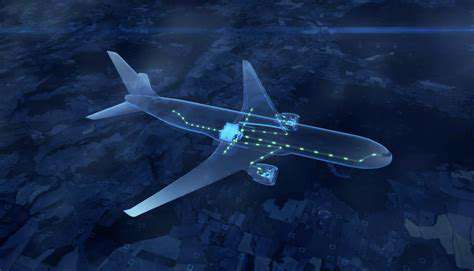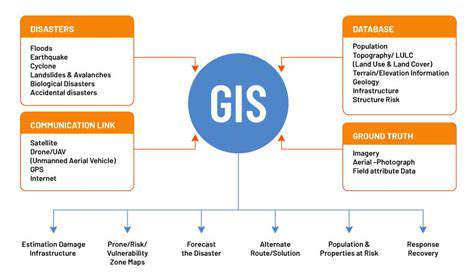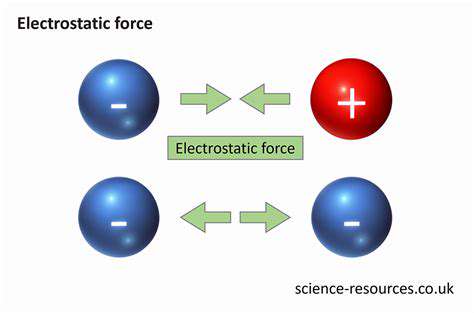Future Directions and Challenges in Space-Based Climate Modeling
Satellite Instrumentation Advancements
Future advancements in satellite instrumentation are crucial for improving the accuracy and resolution of space-based climate models. This includes developing sensors with enhanced sensitivity to subtle atmospheric changes, such as those related to trace gases and aerosols. Improved spatial and temporal resolution will allow for more detailed observations of cloud formation, precipitation patterns, and the intricate interactions between land, ocean, and atmosphere. These enhanced capabilities will be essential for detecting and quantifying the effects of climate change on various regions of the Earth.
Furthermore, the integration of multispectral and hyperspectral imaging techniques into satellite platforms will provide a more comprehensive understanding of the Earth's radiative balance. This data will be vital for validating and refining climate models, allowing for more robust predictions of future climate scenarios.
Data Assimilation Techniques
Sophisticated data assimilation techniques play a critical role in bridging the gap between satellite observations and climate models. These methods effectively combine satellite data with existing climate model outputs to produce more accurate and reliable representations of the Earth's climate system. By incorporating real-time observations into the models, we can improve the model's capacity to capture short-term fluctuations and long-term trends in climate variables.
Further development of data assimilation methods, particularly those that can handle the vast and complex datasets generated by modern satellite constellations, is essential for the advancement of space-based climate modeling. This will require advancements in algorithms and computational resources.
Improving Model Resolution and Complexity
Space-based climate models need increasingly higher spatial and temporal resolution to accurately capture the complexities of the Earth's climate system. This includes resolving smaller-scale features, such as individual clouds and atmospheric eddies, which significantly influence regional climate patterns. Higher resolution models will allow for more nuanced representations of feedback loops and interactions within the climate system.
Expanding the complexity of the models to include more detailed physical processes, such as cloud microphysics, land-surface interactions, and ocean dynamics, will improve the predictive capabilities of space-based climate models. This will be crucial for understanding the impacts of climate change on different regions and ecosystems.
Validation and Verification of Models
Thorough validation and verification processes are essential for ensuring the accuracy and reliability of space-based climate models. This involves comparing model outputs with independent observations from various sources, including ground-based measurements, reanalysis data, and other satellite datasets. This process helps identify potential biases and inaccuracies in the models and guides improvements in their formulation and parameterization.
Establishing robust validation frameworks for space-based climate models is crucial for building trust and confidence in the predictions they generate. This will require the development of standardized protocols and the establishment of collaborative networks among researchers and institutions.
Addressing Data Gaps and Limitations
A critical challenge for space-based climate modeling is the presence of data gaps and limitations in satellite observations. These gaps, arising from factors such as cloud cover, sensor limitations, and data availability, can significantly impact the accuracy and completeness of model inputs. Addressing these limitations requires developing strategies for data imputation and filling gaps in the observational record.
Collaboration and Data Sharing
Effective collaboration among scientists, researchers, and institutions is essential for advancing space-based climate modeling. Sharing data and model outputs fosters knowledge exchange and accelerates the development of improved models. International collaborations can play a vital role in coordinating efforts and pooling resources to address the complex challenges of climate modeling.
Open access to data and model outputs is crucial for enabling wider participation and promoting the verification and validation of space-based climate models. This transparency is essential for building trust in climate projections and facilitating informed decision-making.
Computational Resources and Infrastructure
The increasing complexity and data volume of space-based climate models demand substantial computational resources. Developing and maintaining high-performance computing infrastructure is critical for running these complex simulations and analyzing the vast amounts of data generated. Investment in advanced computing technologies and cloud computing platforms is essential for supporting the future development of space-based climate models.
Scalable and efficient algorithms and data management systems are vital for handling the massive datasets generated by satellite observations and climate models. This will ensure that the models can be updated and improved as new data becomes available.
